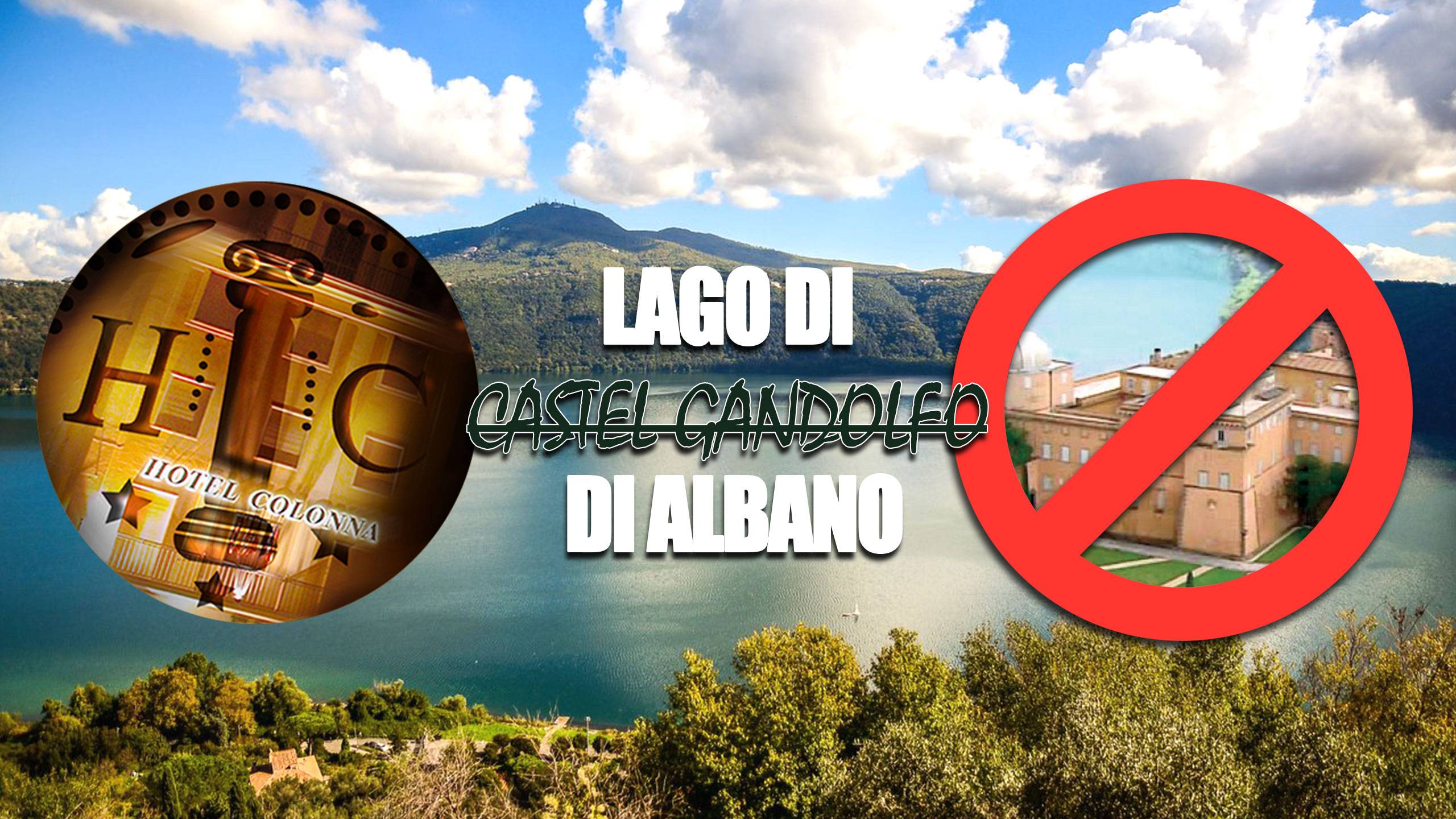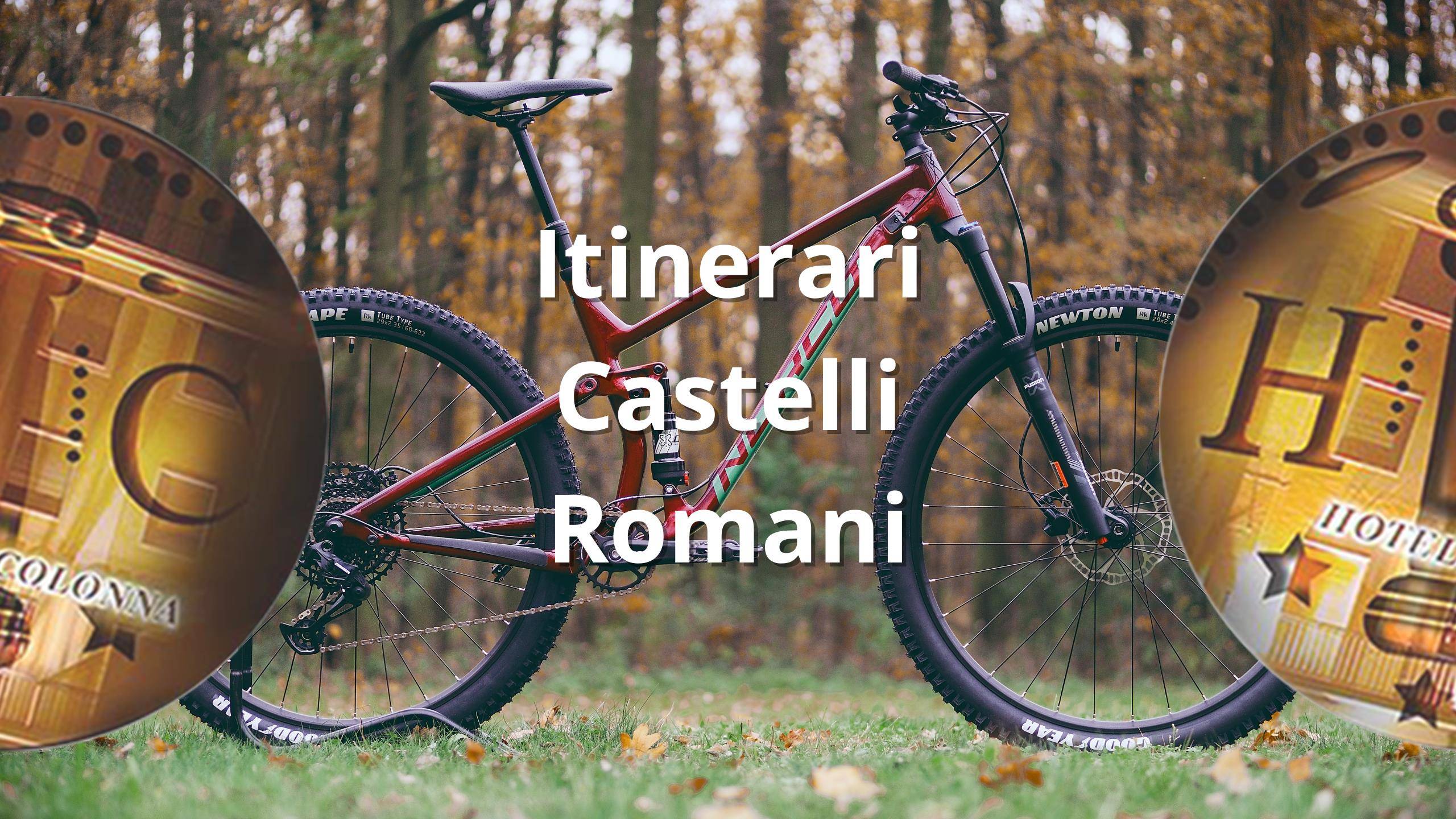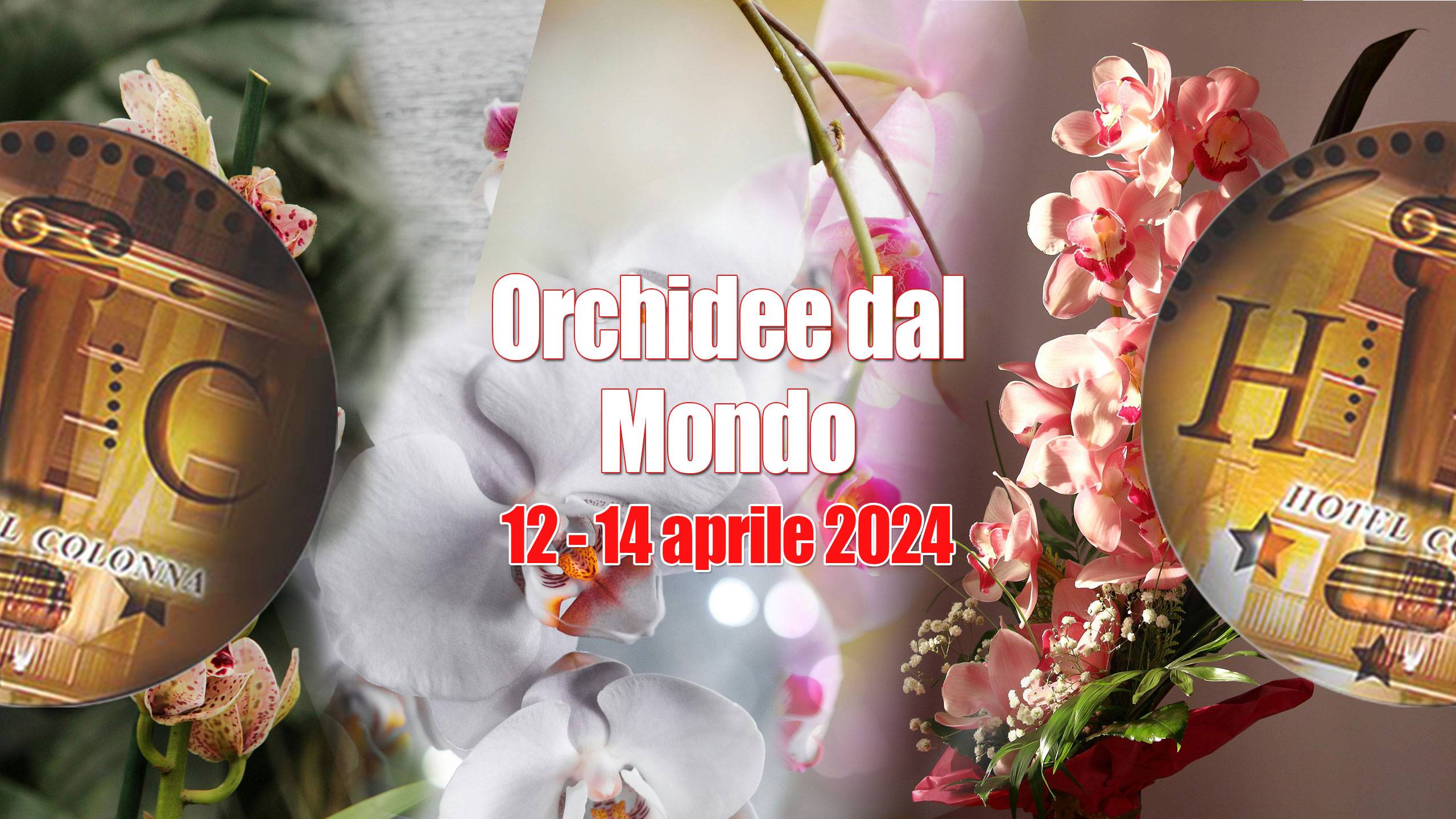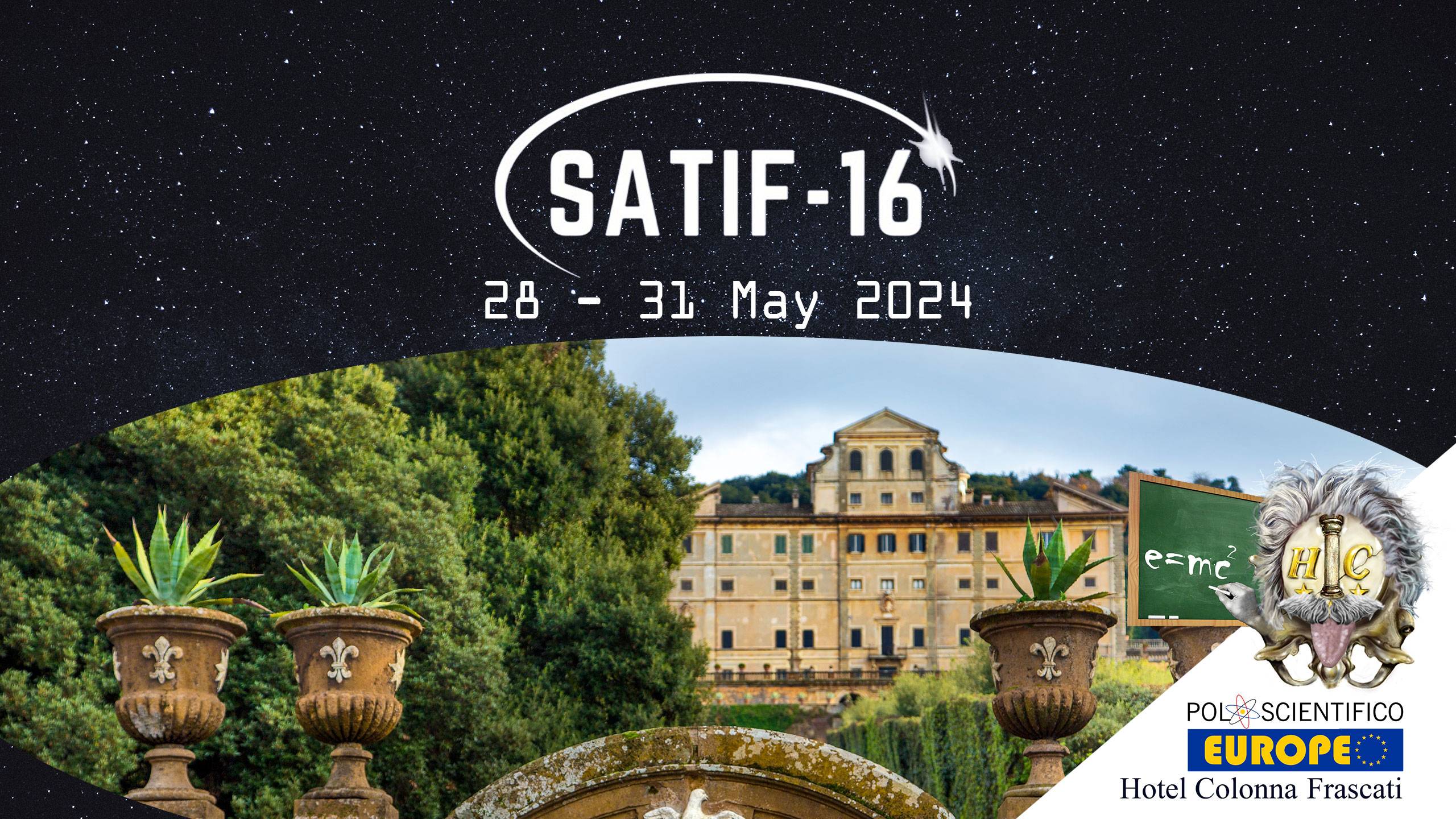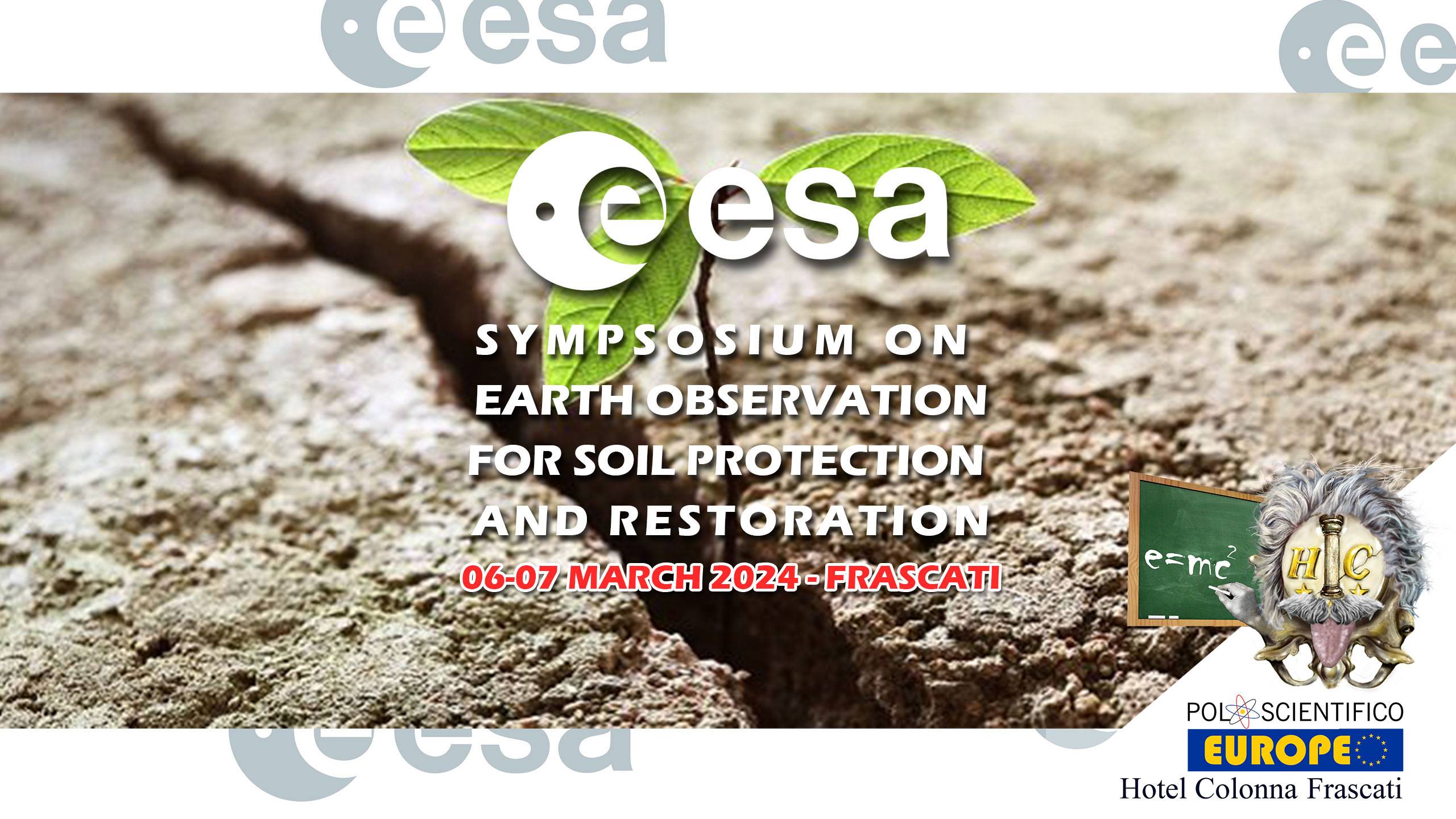Castelli Romani: best places to visit!
Castelli Romani (Roman Castles) and their best places to visit.
What places to visit in Castelli Romani? What are the main towns and attractions and monuments to look for in the area? What makes this place so precious and unique? Let's try to answer this question...
The Castelli Romani are an area located south-east of Rome, which develops around the Alban Hills, where numerous cities and towns have arisen over the centuries, all immersed in an unparalleled natural context, a green oasis very close to the capital and between the most beautiful in the Roman countryside.
There are some characteristics that strongly define this territory and make it cohesive and typical: the proximity to Rome and the culinary tradition; the natural, cultural and historical richness of the most important countries; a sense of belonging to the Castelli Romani as a specific area of the inhabitants of the various towns.
Frascati
Symbol of all this, known as "The Pearl of the Castelli Romani", is the city of Frascati: located a stone's throw from Rome, it is characterized by the splendid architecture of the center and of the entire town. It has been a holiday resort since the times of the Roman Empire, it became the seat of numerous splendid papal villas, and it is still today the center of the nightlife of the Castles with hundreds of typical restaurants, trattorias, pubs, bars, etc. The characteristic Fraschette are very famous, which once only served house wine (food was brought from outside) and which today have been equipped with salami, cold cuts, etc. It is the most vital town with a continuous influx of visitors, also due to the proximity of internationally renowned research centers such as INFN, ESA, ENEA, etc.
Frascati is very famous for the amazing villas of the nobility built over the centuries: Villa Aldobrandini, majestic, which dominates the city, and which today is used as a private residence. However, the gardens of the Villa can be visited with the splendid Nymphaeum and a breathtaking view of Rome, the Eternal City; Villa Falconieri (or Villa Rufina), built by Alessandro Rufini, bishop of Melfi, in the mid-sixteenth century; Villa Mondragone, built by the papal nobility in the 16th century, is located on a hill 416 meters above sea level, near the ancient city of Tusculum. Both of these splendid works are open to the public.
Among the most important works in the center of the town we remember: the Church of the Gesù, with the wonderful fake dome, the fresco created by Andrea Pozzo; the Cathedral of San Pietro, the older of the two works and of which, however, only the beautiful façade remains original (the cathedral was rebuilt after the bombings of the Second World War); the Bishop's palace.
Castel Gandolfo
Equally famous is the city of Castel Gandolfo, the place that for centuries was the Pope's summer residence, and which Pope Francis recently opened to the public; absolutely not to be missed are the "secret" Gardens of Castel Gandolfo, 55 hectares, an incredible floral variety, and an exceptional view of the lake of Albano.
Albano and his lake
Lake Albano is perhaps one of the most pleasant and relaxing places in the Castelli Romani. It is of volcanic origin, like most of the lakes in Italy. That is, it developed from the crater of a volcano and is surrounded by a lush forest, which sports lovers can explore on foot or by mountain bike. Remaining in Albano, the Cisternoni are certainly worth mentioning, they are a gigantic water tank, reminiscent of the most famous one in Istanbul, still functioning and capable of containing more than ten thousand liters of water. The Cisternoni were built partly in masonry and partly by digging directly into the rock, covering an area of over one thousand and four hundred square metres, all covered with waterproof plaster, called «opus signium».
Ariccia
Ariccia, a town very famous for Porchetta and for the well-known "Descent Uphill" studied by Piero Angela and Quark, that is, a stretch of State Road 218 where objects roll upwards, instead of descending downwards... or it seems only like this, in fact what seems like a climb is actually, due to a strange optical effect, a descent and therefore things naturally roll downhill. Worth visiting is definitely Palazzo Chigi (not to be confused with the Palazzo Chigi of the same name in Rome), known to the general public for being the place where Visconti's film "The Leopard" was filmed.
Nemi
Nemi, a place known for its wild strawberries, is also called "the bomboniera" because it is so well looked after and so small. From Nemi you can enjoy a fabulous view of the lake of the same name, Lake Nemi, also of volcanic origin. Around the lake shore you can also observe the numerous cultivations of flowers and strawberries. Among the great boasts and unfortunately also sorrows of the Castelli Romani is the Museum of the Roman Ships of Nemi, a revolutionary work, a rare Italian example of a museum structure built specifically based on the function it should have performed, that is, hosting two gigantic floating villas built by the emperor Caligula and recovered at the bottom of the lake; museum which unfortunately was destroyed together with its precious contents in 1944, and was subsequently restored and reopened to the public in 1953, now devoid of the wonderful floating villas.
Grottaferrata
Grottaferrata is one of the closest towns to Rome, and is only three kilometers from Frascati, with which it formed the city of Tusculum in ancient times; Not to be missed is the Abbey of San Nilo, a work with wonderful interiors and founded in 1004 by the saint to whom it is dedicated: this is the only abbey of the "Greek Byzantine" rite found in central-northern Italy.


